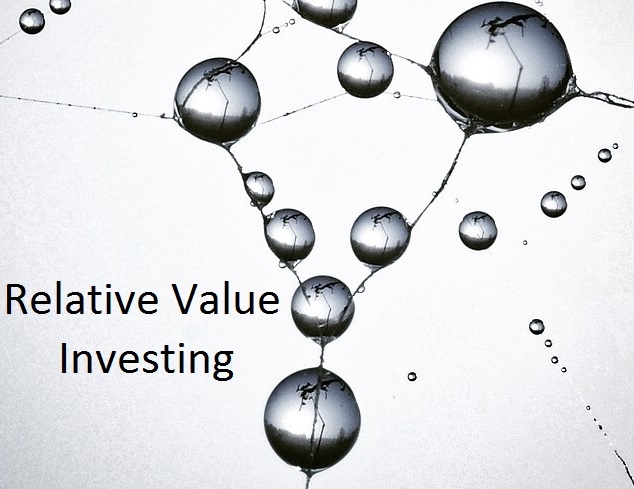I spend a lot of time doing quantitative analysis work.
In other words, data, numbers, and verifiable results dictate my investment decisions.
I would never pretend to call myself a “quant”, as these analysts tend to have a library of letters after their name. However what I bring to research is logic that stems from a long background of trading personal capital, i.e. a nose for what actually works in the real world.
With analysis by numbers it should make it difficult for me to place my faith in a particular investment strategy let alone advocate it to others. Yet however that’s what I’m doing here, as I strongly believe in the factor investing framework I outline.
There are a few reasons why I’m willing to stand behind this strategy. First, based on my personal investing and research, it produces returns that historically outperform those of common benchmark portfolios. Second, the same research suggests it does this with reduced volatility and drawdowns.
data based on listed US stocks - chart source longboardfunds
However, there are many investing strategies claiming great returns and/or lower volatility, many of which I’ve mused about. But why is this portfolio approach different? The simple answer is that it’s what is left out, not what is included.
This answer leads us to another reason why I believe in this framework: It addresses a major question facing many investors today, as we face a barrage of financial press advocating a Passive investing style over anything different. The only thing a personal investor is really concerned with is — “how do I put it all together?”
Investors today have access to more market data and strategic information than at any other time in history. Yet from the perspective of the average investor, this huge volume of fragmented information and conflicted investment advice presents a challenge — how should one actually implement their investing plan? The pure passive investing exponents advocate simply buying cap-weighted ETFs and riding the market volatility, without any thought to portfolio drawdowns. Personally I represent the percentage of the population that would puke not knowing where a market correction ends. Passive investing research simply extends the investing time horizon to achieve positive performance.
The factor based approach to investment portfolios is broad and sturdy, rooted in respected, wealth-building investment principles. Screening the universe of listed shares for “Buffett” or Ben Graham” favoured characteristics are a favourite example of mine. By having access to a stable of different factors whether value, momentum, or dividend yield one is able to adapt to all sorts of market conditions. The ultimate goal is a framework that can relieve investors of the handwringing and anxiety of “what’s the right strategy right now?”
If you’re an investor who’s struggled with generating long-term returns that make a real difference in your wealth, I believe this idea can help. If you want less anxiety during periods of heightened market volatility and drawdowns, I believe a factor based portfolio can help. Also if you’re unsure how to balance the simplicity of buy- and-hold with the various benefits of an active portfolio, I think a factor investing is simple way to go.

